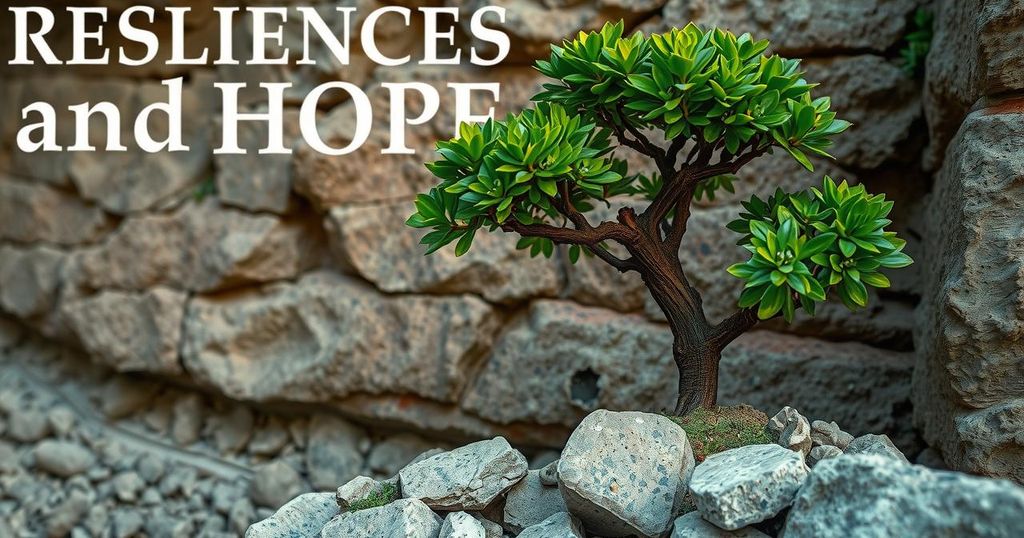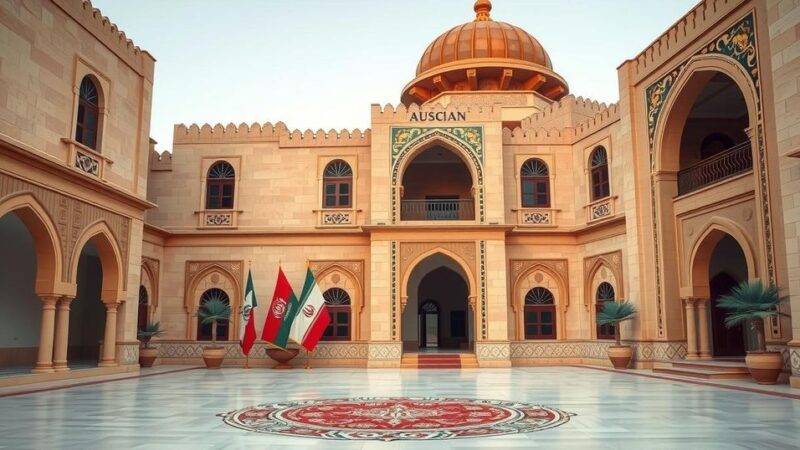Iran faces considerable external challenges, including weakened allies like Hamas and Hezbollah and concerns over Syria’s political stability, while simultaneously responding to potential renewed U.S. pressures under a Trump presidency. Despite perceptions of vulnerability, Iranian leadership views these developments as temporary and is strategically implementing limited reforms to solidify domestic support and prepare for future negotiations, all while preserving core national interests.
Over the past year, Iran has encountered a series of significant setbacks, particularly concerning its regional allies. Hamas and Hezbollah, historically supported by Tehran, have faced degradation due to Israeli military actions. Additionally, the abrupt fall of Syrian President Bashar al-Assad has presented further challenges, coinciding with heightened pressure from a potential return of Donald Trump to the U.S. presidency. Many U.S. officials claim this period marks a potential strategic defeat for Iran, as articulated by Richard Haass in Foreign Affairs, suggesting a vulnerability for Iran unseen since the era of the Iraq war or the 1979 revolution.
Iran, however, perceives these challenges as temporary disruptions rather than definitive defeats. Despite their current struggles, Tehran believes that both Hamas and Hezbollah possess the resilience necessary to rebuild, drawing strength from grassroots support and sustained animosity towards Israel. Furthermore, the Houthis in Yemen have reinforced their commitment to the Palestinian cause, further positioning Iran’s regional alliances in a complex landscape amidst these adversities.
In light of reduced power among its allies and the unsettling shift in Syria, Iran’s leadership has implemented limited internal concessions to bolster domestic support. These reforms include relaxing dress code enforcement for women and permitting more open discussions on social media. Iran’s aim is to mitigate the risk of civil unrest while fostering public trust, thereby reinforcing the regime’s stability against external pressures.
Nevertheless, these social reforms do not signal a dramatic pivot towards the West. Instead, they serve to consolidate internal support and fortify resilience against international coercion. With Trump indicating openness to negotiations alongside readiness for military action, Iran strives to maintain public backing while preparing for possible confrontations ahead.
The fallout from Assad’s abrupt fall presents a particular source of concern for Iranian leaders. The swift collapse of Assad’s regime, attributed in part to external influence and public discontent, has incited public anxiety within Iran itself. Iranian officials, including Foreign Minister Abbas Araghchi, have acknowledged this growing “social capital” deficit, recognizing the urgency to align governmental strategies more closely with popular sentiment.
To address these internal struggles, Iran’s leadership has slightly loosened restrictions, such as suspending the implementation of a new veiling law that would impose penalties on women not adhering to strict dress codes. Moreover, the regime has permitted a more candid public discourse on domestic media, allowing critical voices to surface, thereby channeling discontent more effectively.
These domestic openings serve a dual purpose; they aim to alleviate public dissatisfaction while simultaneously countering external narratives from more critical international media. By cultivating a controlled environment for discussion, the regime hopes to bolster its narrative on national security and thus reduce the appeal of opposition voices outside its control.
Iranian leaders are reportedly positioning for a unified domestic front to strengthen their bargaining stance regarding significant foreign policy issues, particularly concerning their nuclear program. The prevailing sentiment among Iranian elites is that a cohesive internal perspective will enhance negotiations with the United States. This approach aims to prevent adversaries from exploiting domestic unrest as a sign of weakness.
In light of potential U.S. negotiations, Iran acknowledges the importance of internal unity. With the Biden administration’s approach to leverage Trump’s maximum pressure strategy against Iran, Tehran seeks to present a consolidated front, resisting concessions that would undermine its core interests. The Iranian leadership is determined to conceive any conflict as a national fight against foreign coercion rather than an existential threat to the regime itself.
In conclusion, Iran navigates a tumultuous regional landscape marked by weakened allies and internal challenges. While U.S. officials perceive an opportunity for coercion, Iranian leadership interprets these adversities as temporary setbacks. The regime’s limited social reforms reflect a strategic aim to bolster internal support and cohesion against external pressures, especially as they prepare for potential negotiations with the United States. Ultimately, Tehran’s focus remains unwaveringly on maintaining its core strategies while adapting its governance to foster stability amidst ongoing threats.
Original Source: www.foreignaffairs.com






